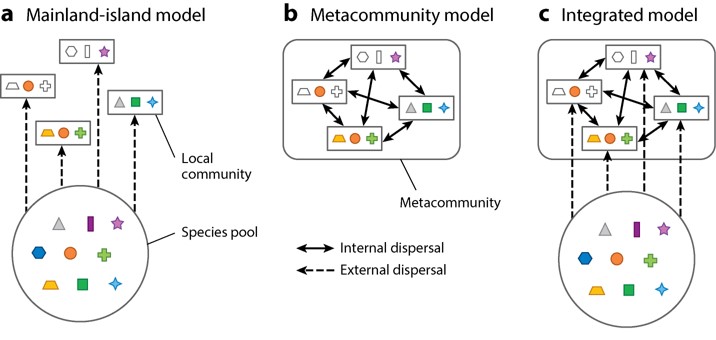Niche-based predictions
In studying the conditions that make community assembly historically contingent, most attention has been paid to the characteristics of the environment, such as nutrient availability and disturbance frequency. Relatively few studies have investigated the characteristics of species themselves, hindering mechanistic predictions of priority effects. We have been using experiments with nectar microbes to fill this knowledge gap. We have found that priority effects vary in strength in a phylogenetically predictable manner, acting more strongly between closer relatives (Peay et al. 2012). We have also found, however, that species characteristics predict the strength of priority effects twice as well as phylogenetic relatedness does, as long as species characteristics are decomposed into three basic components (niche overlap, requirement niche, and impact niche) for analysis (Vannette and Fukami 2014). We have also shown that another approach to using species characteristics to predict the strength of priority effects is to summarize species traits into those that affect equalizing forces and those that affect stabilizing forces (Grainger et al. 2019).

To broaden the scope of niche-based predictions, we are working to integrate our findings on functional, evolutionary, and temporal dimensions of community assembly into a unified framework. The ultimate goal of this conceptual synthesis is to systematically explain how and when priority effects influence the structure and function of transient communities over ecological, evolutionary, and eco-evolutionary time (Fukami 2015).